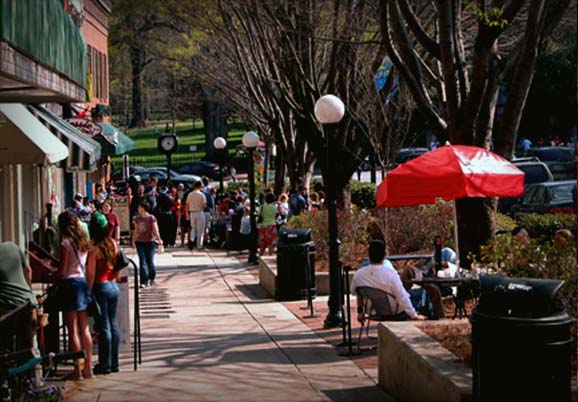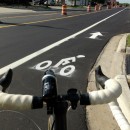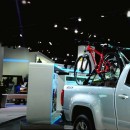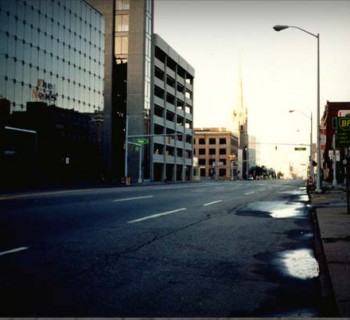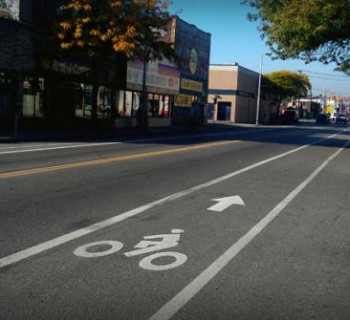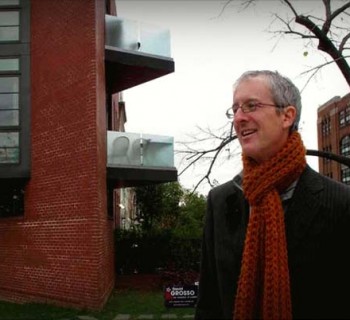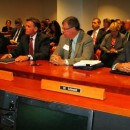In the United Kingdom, they are called “High Streets.” In the United States, we know them as “Main Streets.” On either side of the pond, they are the places where pedestrian traffic drives economic development.
According to report, The pedestrian pound: The business case for better streets and places, by London-based Living Streets in partnership with London-based Just Economics, making places friendly for walking boosts trade and retail rates. The report cites evidence that pedestrians spend more than those arriving by car, and that landowners are often willing to pay to improve streetscapes to attract tenants and customers.
“Healthy high streets are full of people,” says Jayne Phenton of Living Cities. “The report shows investment in better streets and places (or to put it more technically, in improving the quality of the public realm) can boost footfall and trading by up to 40 percent.”
The report also credits walkability with raising retail property rents by 20 percent.
While it’s true that Europe has more walkable spaces than the United States, the last 50 years has transformed the landscape in Britain.
“Our towns and cities were built at a time when the fastest mode of transport was a horse, which is why many places are great for walking,” says Phenton. “However, the last half century has seen the most rapid change in the shape and design of our urban centers to accommodate motor vehicles. (Cars are) still synonymous with personal freedom, despite the fact that most people increasingly spend time stuck in a traffic jam.”
The report puts forth a set of planning and policy principles to reinvigorate Britain’s high streets by making them more pedestrian friendly: asking for public investment of £500 million (estimated at less than 0.5 percent of the net worth of high street retail) in streetscapes, allowing local communities to have a voice in planning issues related to high streets, and making the roads friendlier to pedestrians, with slower speeds and easy access.
Some thinkers see walkable urbanism as a pent-up flood of demand waiting to be unleashed and drive up property values. And the phenomenon is not restricted to the coasts; Cincinnati recently adopted a plan to guide city development toward 40 walkable urban centers.
In Michigan, efforts to make streets friendlier for pedestrians are moving forward. The Complete Streets Coalition counts 23 communities across the state with local Complete Streets policies, plans or guidelines designed to make roadways safer for pedestrians and bicycles, and another 67 with supporting resolutions, while a total of 36 Main Street programs across the state work to build retail development efforts in historic, walkable downtowns.
Because only 5 percent of Detroit’s land area is in the developing Midtown and Downtown areas, Revolve Detroit, a Detroit Economic Growth Corporation program, works to expand Detroit’s revival to additional pockets of revitalization across the City, focusing on retail and mixed-use development in the city’s walkable, urban places. The program works to activate retail spaces by working to match property owners with temporary and permanent tenants, showcase local art in vacant storefronts, and coordinate district promotion.
Work in 2012 focused on the walkable West Village district on Agnes between Van Dyke and Parker. Pop-up retail was used to begin activating vacant retail spaces, and four new businesses are set to open by the end of this year in permanent space.
This year, Revolve Detroit has moved its efforts to the Livernois Avenue of Fashion near Seven Mile, hosting a “Light Up Livernois” event during Detroit Design Festival in which 10 vacant spaces were temporarily occupied by businesses including a pop-up café, retail stores, a bakery, a ceramic studio and live entertainment.
The Detroit Future City Neighborhoods Plan includes a variety of strategies to “create dense, walkable, mixed-use neighborhoods in downtown and in district centers integrating housing, retail, recreation, culture, public services and mobility.”
The plan focuses on the city center, the McNichols corridor and additional nodes, including “Live + Make” neighborhoods in Eastern Market and Corktown and “Green Mixed Use Neighborhoods” in multiple areas across the city including Detroit’s Eastside and 48217, Michigan’s most polluted zip code.
Transit-oriented development plans including a new Red Wings facility and the M-1 Rail circulator are moving forward, despite Detroit’s bankruptcy.
Clearly, city planners and real estate developers are placing large bets on walkability as an economic driver for the city over the next several years. The evidence appears to support their wagers.


